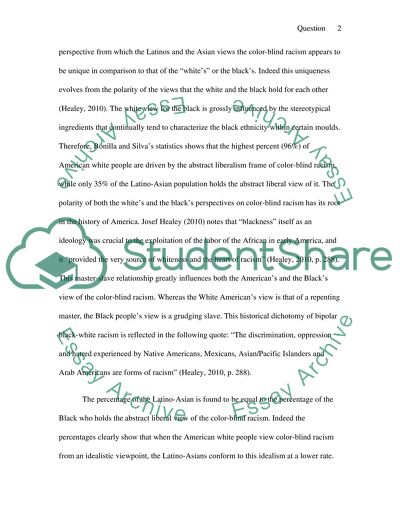Cite this document
(Bipolar Assimilation of the Latinos and the Asians Essay, n.d.)
Bipolar Assimilation of the Latinos and the Asians Essay. Retrieved from https://studentshare.org/humanitarian/1572296-essay-3-in-asa-format
Bipolar Assimilation of the Latinos and the Asians Essay. Retrieved from https://studentshare.org/humanitarian/1572296-essay-3-in-asa-format
(Bipolar Assimilation of the Latinos and the Asians Essay)
Bipolar Assimilation of the Latinos and the Asians Essay. https://studentshare.org/humanitarian/1572296-essay-3-in-asa-format.
Bipolar Assimilation of the Latinos and the Asians Essay. https://studentshare.org/humanitarian/1572296-essay-3-in-asa-format.
“Bipolar Assimilation of the Latinos and the Asians Essay”, n.d. https://studentshare.org/humanitarian/1572296-essay-3-in-asa-format.


